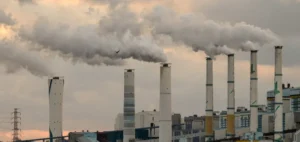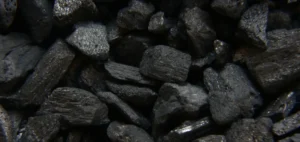Enea, a key company in the Polish energy sector, is delaying the establishment of a clear dividend policy.
This decision is directly linked to the uncertainty surrounding the future of its coal assets, as well as to the regulation of the energy market.
The company is seeking to secure financing for major projects, while negotiating with the Polish government to phase out its coal assets.
This strategy, which is essential for reducing the financial risks associated with coal, could also free up funds for new projects. investment in renewable energies.
A necessary transition to renewable energies
The company plans to develop a further 0.8 GW of renewable capacity by 2026, in addition to the 0.5 GW already in operation.
However, this transition is highly dependent on Enea’s ability to raise funds, while managing its remaining coal assets.
The envisaged creation of the National Energy Security Agency (NABE), a public entity designed to consolidate these assets, could accelerate this process.
Transferring these assets to NABE would enable Enea to focus fully on the energy transition, while benefiting from more favorable financing.
Regulation as a factor of uncertainty
Regulatory uncertainties linked to the Polish government’s strategy are also a determining factor.
Initially, the government’s plan was to transfer all coal-fired power plants to NABE, but delays in implementing this policy are slowing down the transformation of the sector.
The Polish government has yet to provide a clear solution for the management of coal assets, blocking Enea’s ability to plan future investment strategies and guarantee a regular dividend policy.
Impact of delays on future investments
Delays in managing coal assets and uncertain regulatory developments are compromising Enea’s ability to attract financing for its renewable projects.
This situation places the company in a delicate position: it must continue to operate coal-fired power plants while pursuing ambitious decarbonization targets.
Moreover, the financial cost of these assets, combined with regulatory uncertainties, could make it even more difficult to raise capital from international investors, who are increasingly reluctant to finance fossil fuels.
The future of Enea’s investments lies in two major areas: the rapid clarification of government strategies for coal assets, and the acceleration of regulations to promote the energy transition.
The success of this transition will determine both the company’s financial performance and its ability to maintain a satisfactory dividend stream for its shareholders.






















